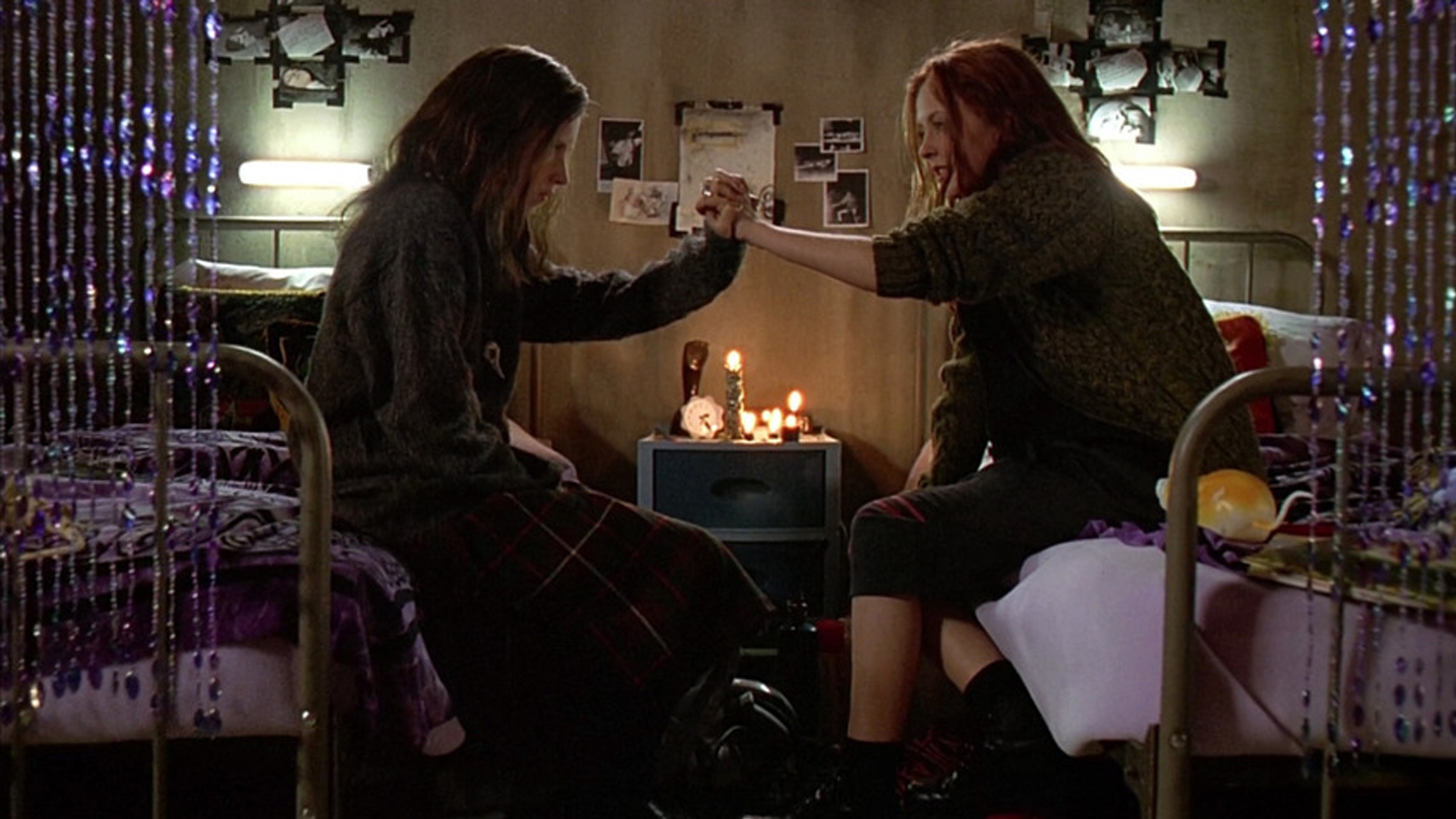Dead Shells and Black Plaques: ‘The English Heretic Collection’
Michael Grasso / October 26, 2020
 The English Heretic Collection: Ritual Histories, Magickal Geography
The English Heretic Collection: Ritual Histories, Magickal GeographyBy Andy Sharp
Repeater Books, 2020
Disclosure: The editors of We Are the Mutants are currently writing a book for Repeater Books. Featured image courtesy Andy Sharp.
At this time two years ago I was in the thick of writing my capstone project for my Master’s degree in Museum Studies. As I researched how fragmentary memories of childhood museum visits could be used in their later promotion and preservation, I also delved deeply into the larger cultural uses (and misuses) of remembrance, commemoration, and “heritage” in the US and UK. In the schema of nostalgia theorist Svetlana Boym, top-down cultural commemoration often reaches for a “restorative” impulse of wanting to enshrine a golden era of the past, while personal memories and interpretations, playfully reassembled and remixed, offer a “reflective” method of accessing nostalgia.
I found myself thinking about my abortive career in museums when I read the foreword and preface to English author, musician, and artist Andy Sharp‘s catalog of the weird and lost in the English landscape, The English Heretic Collection: Ritual Histories, Magickal Geography. Using as its inspiration English Heritage, who preserve the very bones and sinews of English feudal hierarchy in the form of the nation’s stately homes and historical sites, Sharp’s English Heretic project seeks to détourne these edifices of authority, playfully bringing forth the dark and forgotten occult secrets in the English landscape. In his foreword, Dean Kenning cites Sharp’s mining of “mythology… generated not from on high, but from somewhere subterranean and demotic.” The connections that Sharp makes between places, persons, themes, and concepts in the mystical English imaginarium deliberately echo the “ludic” tendency of children’s constructivist play at historic sites: “Children,” Sharp says in his Preface, “see these locations as stages for some imaginary film—a natural tendency to play with the backdrops of history.” Sharp’s “black plaques” are a reminder that there is a moonstruck dark side to the English landscape, one that’s often ignored in favor of sunny evocations of the perceived doughtiness in the English character and the too-quaint yeoman ruralism of a romanticized countryside: “The comfort and nostalgia for rurality and animism is a weekend retreat from all the small shocks we endure in the maze,” Sharp says in his closing chapter. “But inevitably they become photo opportunities to report back our coordinates to the social laboratory.”
The English Heretic Collection consists of a series of essays that themselves meander across time and space, using individual people and places as launching points for apophenic explorations. Through the lenses of film directors, in the pages of novelists, and in the grimoires of ceremonial magicians, Sharp perceives and explains the occult patterns that echo down the ages in England’s green and pleasant land. Like his fellow seers Nigel Kneale and Alan Garner, he turns the leaves of the land to demonstrate that the past isn’t ever truly dead, and that its mysteries recur in attenuated, mutated forms throughout both English artists’ and occultists’ sense of the uncanny.
Speaking of those occultists, Aleister Crowley, that giant of early 20th century English occultism, haunts many of the chapters of the Collection, but so does somewhat lesser-known (at least on this side of the Atlantic) Thelemic magician Kenneth Grant, whose syncretic approach to magic integrates elements of the Lovecraft mythos, kabbalism, and Surrealism, among much else. Sharp reminds us that the three books in Grant’s first “Typhonian” trilogy were released between 1973 and 1975. At the same time, of course, mystics and magicians with similarly spiritually syncretic impulses were working those same fields in America. But Grant’s output continued to grow throughout the next three decades, absorbing new and further elements as it went. “Grant’s later works are grimoires,” Sharp notes. “By the time he reaches the final volume of his third ‘Typhonian’ trilogy, Grant’s universe is a self-replicating, self-referencing, semi-autonomous ouroboros.” Sharp takes Grant’s embrace of Salvador Dalí’s art—Grant calls Dalí the “foremost magician of the twentieth century”—seriously, and sees Grant’s obsession with the feral animal dreamscapes and visions of Dalí and Max Ernst as a link between Grant and J.G. Ballard’s surrealist visions of a late-20th century psychosphere scarred by war, suffering, and technology.
That mention of Dali evokes the next noteworthy theme in the Collection: for all the very English settings and personalities, Sharp is acutely aware that the gradual assemblage of a 20th-century English Weird aesthetic owes much to interlocutors in Europe and America. The archetypal English hamlet was not exempted from being swallowed up by McLuhan’s “global village” in the postwar era. What has come down to us in the 21st century as the aesthetic of “folk horror“—foundational films such as Witchfinder General (1968) and The Blood on Satan’s Claw (1971)— demonstrate how the motion picture camera lens fused the uniqueness of English myth, history, and landscape with the American hunger for on-screen sensation and blood. Every now and again the name of an American who seems to innately understand and plumb the Weird such as Lovecraft, Philip K. Dick, even Charles Manson, floats through the Collection. Furthermore, Sharp is especially astute when analyzing the intrusions of the American metaphysic on the land- and psycho-scape of Britain. Whether it is the ghost of Joe Kennedy Jr. enshrined with a black plaque commemorating his efforts (and death) as part of a top-secret early remote drone program during World War II, or the UFO sightings at Rendlesham Forest in 1980 (which, Sharp reminds us, are believed by many to be a test of psychotronic mind control technology and not a UFO landing), the incongruous sight of a McDonald’s opposite a centuries-old gibbet, the broadcast intrusions that parrot the ufological/New Age consensus on both sides of the Atlantic, and of course the very American cultural phantasms conjured by J.G. Ballard’s works in the 1970s—Elizabeth Taylor, Jackie Kennedy, Ronald Reagan—are all signs of the havoc wreaked by a Cold War American empire reaching out with its tendrils to wrap its “allies” in its black embrace.
Unsurprisingly, the spectre of war also hovers over the Collection. The psychic and physical scars of World War II and “phantom” invasions abound. Sharp’s linkage of a childhood fear of the closing credits to British sitcom institution Dad’s Army to the possibility that German soldiers actually did set foot on England at the “Battle of Shingle Street” is especially spooky. Even after the conclusion of WWII, the melding of black magick and the Cold War military-industrial complex cut England’s body and soul to the bone. In an exploration of the post-Cold War ruins of an abandoned defense installation, Bawdsey Missile Base, Sharp explores the psychogeographic ramifications of these colossal ruins:
These rockets were stored in what look like giant concrete squash courts, or more to the point, like the bloody ball courts of Mesoamerica. As one walks through these ominous precincts, devoid of their munitions, the vacated architecture appears to reveal its primal purpose, its ritual origin. This is a palace of solar worship, a site under a regime in the age of a thousand suns, embodying all the paranoid manipulations of protecting king and salvational psychopath.
Here, English Heretic most darkly echoes its daytime counterpart at English Heritage. The ancient castles gawked at by holidaymakers are centuries-old picturesque ruins now, but at the time of their building and use were no less potent displays of naked political and military prowess. (Sharp takes a smart detour in one of his essays to talk about “nuclear semiotics,” the practice of providing warnings for buried nuclear waste for human beings tens of thousands of years hence, and the idea of an eventual “atomic priesthood” that would warn people away from radioactive ruins.) The profane geometries left behind on the English landscape by both castle and missile base are a literal evocation of the kabbalistic concept of the qlippoth, the empty husks or shells left behind after the light of creation filled up the universe. “At last we have the ordnance map for [the qlippoth],” Sharp muses, “abandoned military bases, WWII bunkers, nuclear bunkers, melting power stations, the dead shells of all that technology ‘concentrated on the production of nothing,’ a black nirvana.” One of Sharp’s most intriguing essays concerns Winston Churchill’s outsized archetypal shadow which still haunts Britain; Sharp finds him a dark reflection of the mythic savior of the British Isles, Merlin, thanks to Churchill’s real-life membership in a druidical circle and his repeated mentions of the “black dog” of his depression, recalling English myths such as the Gabriel Hounds—let alone Churchill’s penchant for human sacrifice.
And that brings us to what I found the most interesting of all of Sharp’s explorations: his implicit location of blame for this landscape on the people who sold Cold War necromancy to the English (and Western public). Absolutely the makers and deployers of these bombs and jet fighter bases deserve to be counted among the poisonous cabal practicing black magick upon the physical landscape, but so does the late-modernist “expert class.” Sharp notes at the outset of his essay titled “Anti-Heroes” that he felt that an archetypal member of this class needed to be represented among his black plaques. Sharp sought to “commemorate a fictional psychopath. The perfect vehicle for such an exploration, I felt, would be Dr Robert Vaughan, the hoodlum scientist of J.G. Ballard’s visionary forensic Crash.” Vaughan is an avatar of modernism’s black underbelly, a fictional concatenation of the physical scars of World War II; the ancient blood in the leylines of England as exemplified by their modernist successor, the motorway cloverleaf; and the rise of a postwar expert class ineluctably linked to the military-industrial-entertainment complex: Ballard’s uber-technocrat, who is also a celebrity. Recall that before he was the leader of a de facto cult of car-crash fetishists, Vaughan from Crash was a “one-time computer specialist” as well as a television host: “one of the first of the new-style TV scientists,” Ballard tells us, “driving about from laboratory to television centre on a high-powered motorcycle.” Sharp notes that one of Ballard’s real-life inspirations for Vaughan, Dr. Christopher Evans, was the scientific consultant for thoroughly glam-hauntological 1970s children’s sci-fi series The Tomorrow People.
These echoes of science, media, and old hauntings reverberate throughout the varied weird television British series of the 1970s that married the countryside gothic with hypertechnology, from Doctor Who to Children of the Stones. Throughout Crash, “Ballard” the narrator’s obsession with Vaughan, his physical body and its scars and secretions, and Vaughan’s own hieratic dedication to the global spectacle of media, celebrity, and technology weaves its own black spell on narrator and reader both. That spell’s incantation is the technically-overspecific language of the automobile as machine, of car crash tests, and the mystery cults of celebrity that grow around the media spectacle of car crashes both anonymous and famed: Vaughan is Ballard’s “undead guardian angel,” in Sharp’s words, much like the American bombers and missiles perched on English soil.
The traumas that war, conspiracy, and black magick leave on the landscape tend to scab over and leave interesting scars. All the while, official history is told by organizations like English Heritage: sanitized tales from the parapets of the mighty redoubts of English castles, of derring-do during the World Wars, of Churchill’s fighting spirit. Sharp channels the dreaming subconscious of that much-invaded land, the rituals of the priest caste that controls the weapons of war, and the secret currents of folk magick that have always existed alongside. The folk horror aesthetic was never just about hobby horses, Morris dancers, and wicker men; nor was the hauntological aesthetic ever merely about library music-tracked public information films on warped, crackling celluloid, or high-tech radomes on hills overlooking ancient stone circles. They were more fundamentally about the very intrusion of modernism, of global industry and media, and of the waging of wars, both secret and overt, on a landscape itself cyclically scarred by conflict and a history of apocalyptic change. Despite this semiotic pollution and these alien temples to human sacrifice, England prevails, in all its horror and splendor.
![]() Michael Grasso is a Senior Editor at We Are the Mutants. He is a Bostonian, a museum professional, and a podcaster. Follow him on Twitter at @MutantsMichael.
Michael Grasso is a Senior Editor at We Are the Mutants. He is a Bostonian, a museum professional, and a podcaster. Follow him on Twitter at @MutantsMichael.











 James Cawthorn: The Man and His Art
James Cawthorn: The Man and His Art

























































